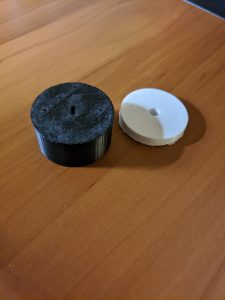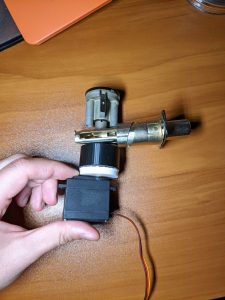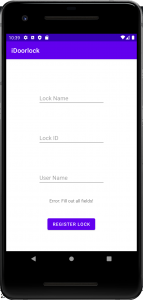This week I worked on the final features and integrations for the app. For functionality, I tested and made changes to the phone to server interactions. This includes being able to register a lock with a lock ID, where a POST request will be sent to the server and a phone’s unique ID will be added to the lock’s accepted phone IDs. Phone IDs are generated by the server, where upon opening of the app, a GET request will be sent to the server for a randomly generated phone ID (unique). Anyone with a link can get a phone ID, but actual authentication passes the phone ID to the NFC reader for authentication, which sends phone ID and lock ID to server for authentication. This ensures that anyone with the app will need to register a lock ID before authenticating. Because HTTPS is used, middlemen should not be worried about. Another feature planned was to do remote lock/unlock, where a similar scheme of exchanges are used, except instead of using NFC to send the phoneID, an endpoint will be set up for the Raspberry Pi and the phone will make HTTPS requests to send the phone ID. The endpoint still needs to be set up, we are trying to configure certificates and setting up to accept HTTPS requests. This feature may not be included in our final product, because functionally if the user wanted to lock the door using this feature, he/she would need to open the app and it would defeat the whole purpose of NFC’s quick and easy message passing. We considered a separate PN532 chip on the other side of the lock for locking, but this is not feasible as RPi does not support this. We are finally considering a button used as a lock measure, which will be easy to add because we are done with all of basic work and integration. For the remote lock, to elaborate, using it remotely also may cause problems with power consumption, because setting up the raspberry pi as an endpoint is wasteful in terms of energy.
We are on track because we are done with a prototype aside from the component housing. Next week we should have the final product ready, and will be considering additional features to improve the ease of use of our product.




